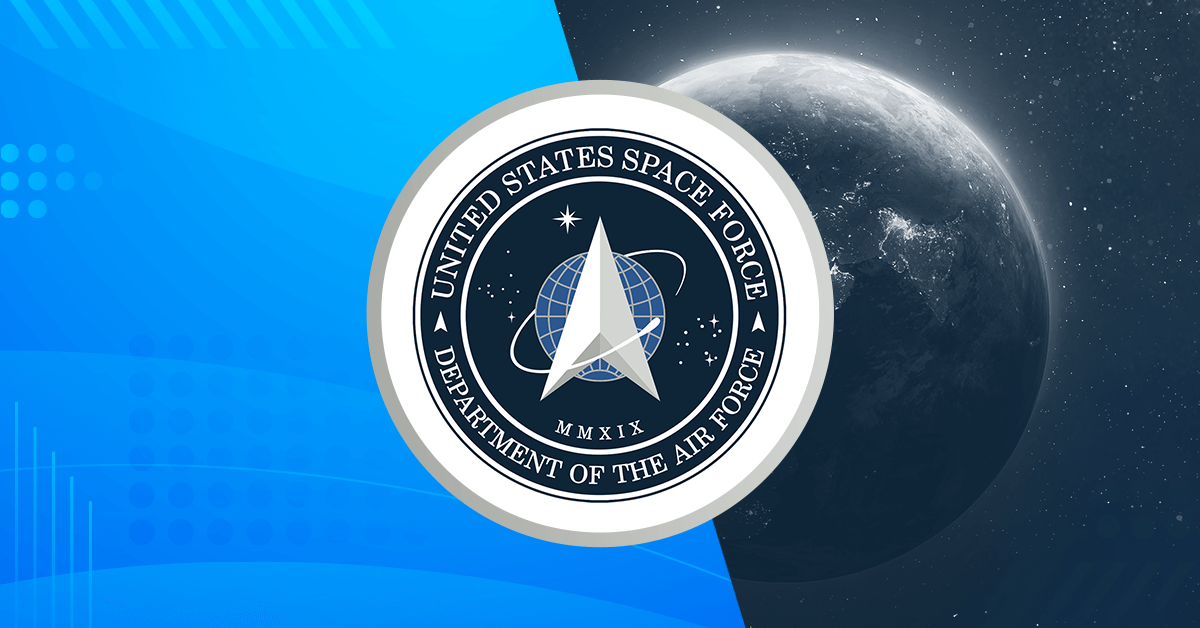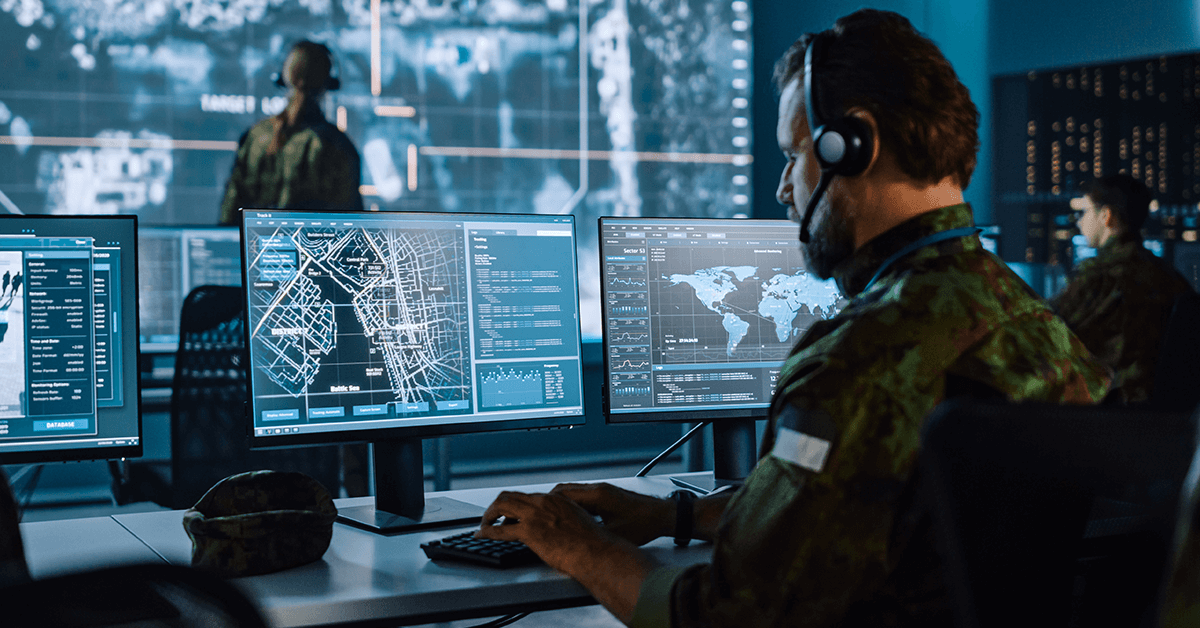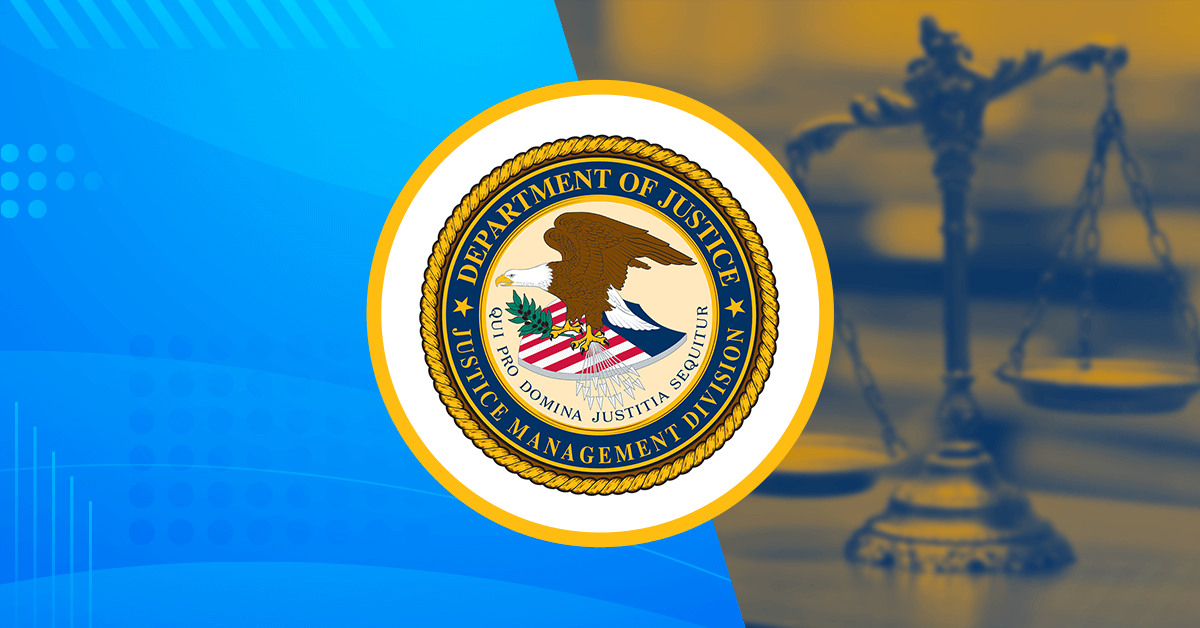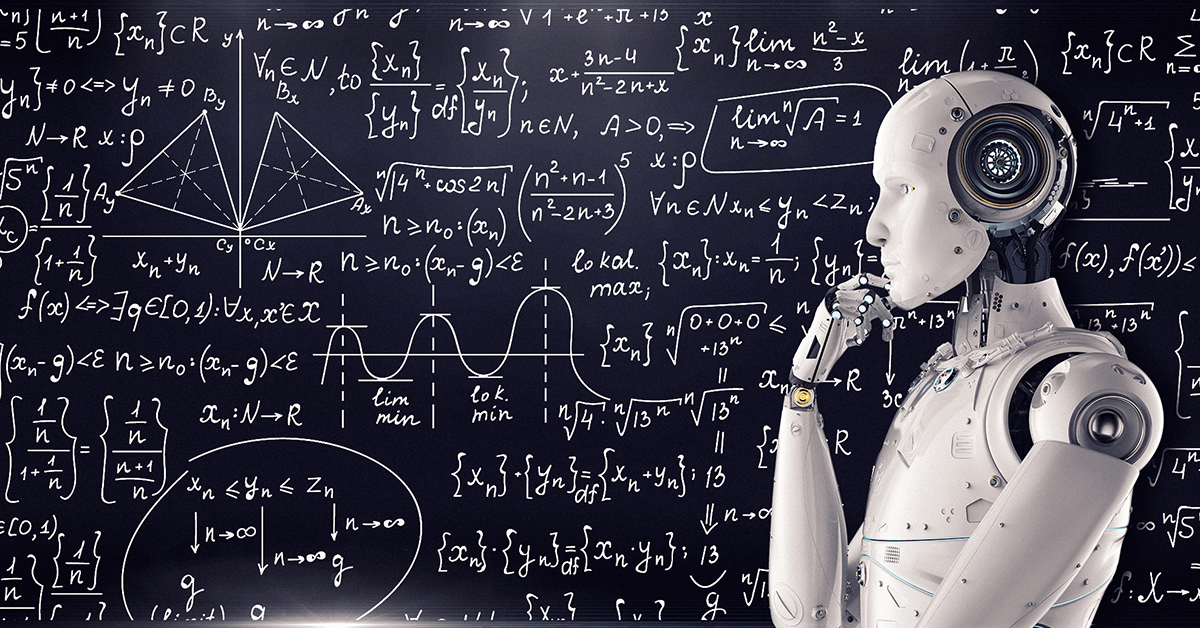NASA completed a field test of its official lunar landing equipment at the Kennedy Space Center Shuttle Landing Facility in Florida in March 2025.
Table of Contents
Evaluating the New Hazard Detection System
The agency said Tuesday it demonstrated the ability of the new hazard detection technology to perform a precise landing. The goal was to land within 50 meters of the target area. This new development reportedly advances precision landing technology and brings NASA’s Artemis mission closer to its objective of safely landing on the Moon and Mars.
During the demonstration, a team composed of Aeroscience and Flight Mechanics Division personnel from the Johnson Space Center and Goddard Space Flight Center tested the Goddard Hazard Detection Lidar from a helicopter to simulate a vibration-heavy environment.
The lidar system demonstrated the ability to scan an area the size of two football fields in just two seconds. It managed to process 15 million short pulses of laser light, enabling it to generate real-time 3D maps of landing sites. Aside from precision landing, this capability is intended to allow the spacecraft to avoid hazards.
SPLICE Program
The Goddard Hazard Detection Lidar is part of the agency’s Safe & Precise Landing – Integrated Capabilities Evolution, or SPLICE, program. The initiative, under the Space Technology Mission Directorate, aims to develop advanced landing technologies for planetary exploration.
SPLICE is a unified landing system equipped with avionics, sensors and algorithms utilized for navigation, guidance and image processing. The SPLICE Descent and Landing Computer reads the 3D maps and assesses sensor data to determine the spacecraft’s velocity and altitude, as well as terrain hazards and safe landing sites.
These technologies can potentially be used on Mars Sample Return, Europa Lander, Commercial Lunar Payload Services flights and Gateway.













